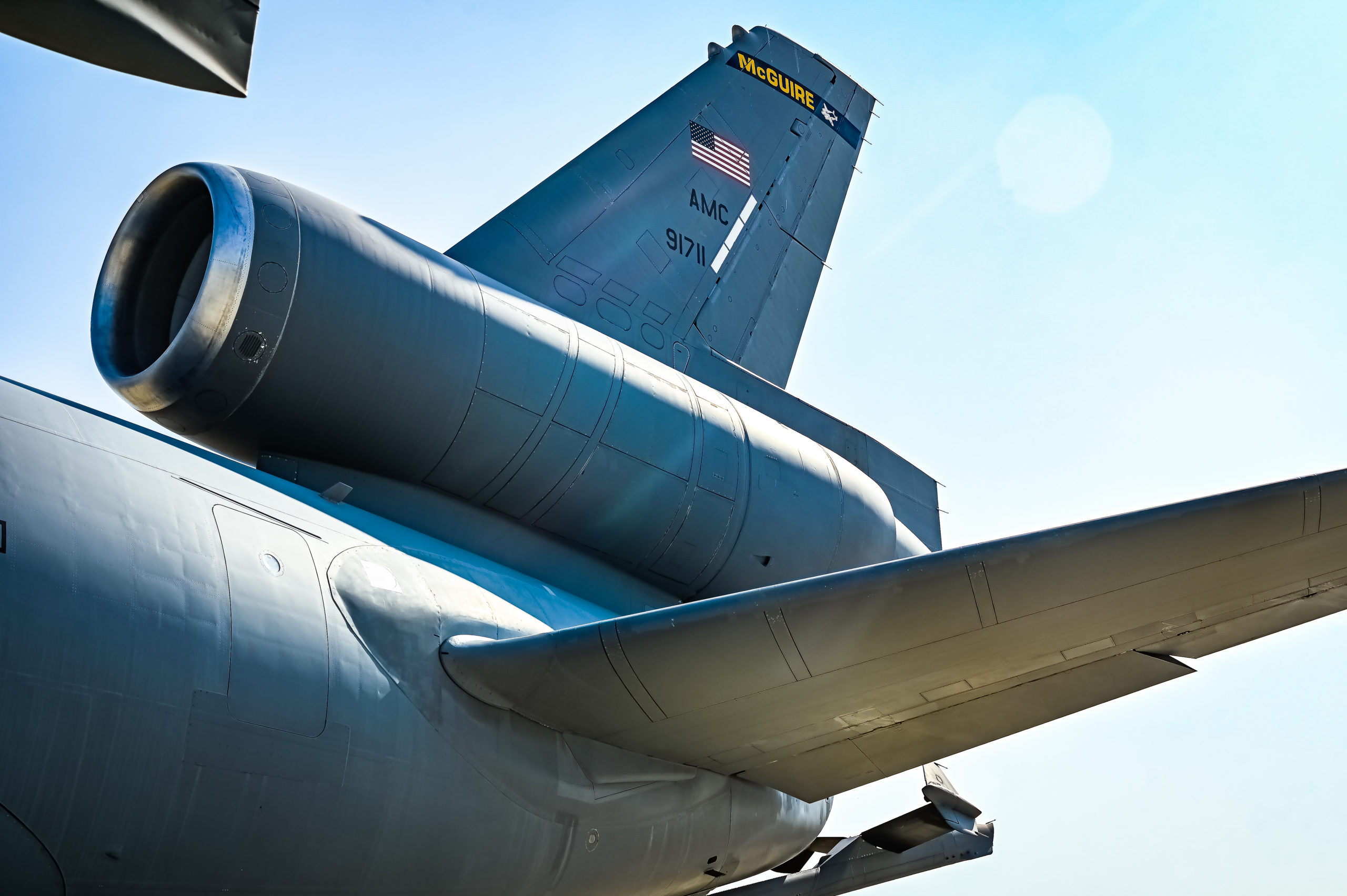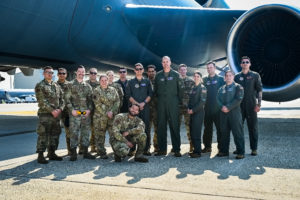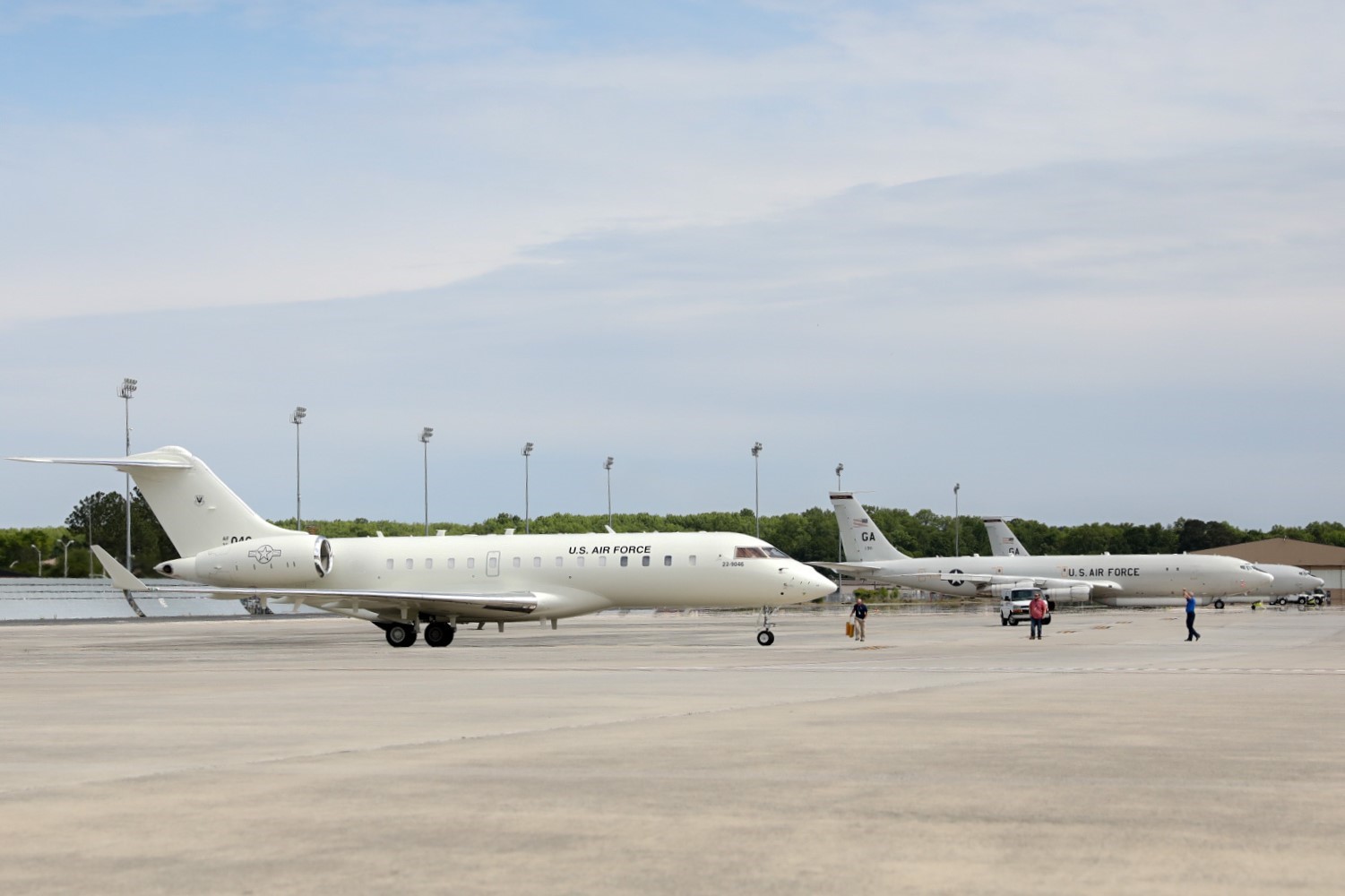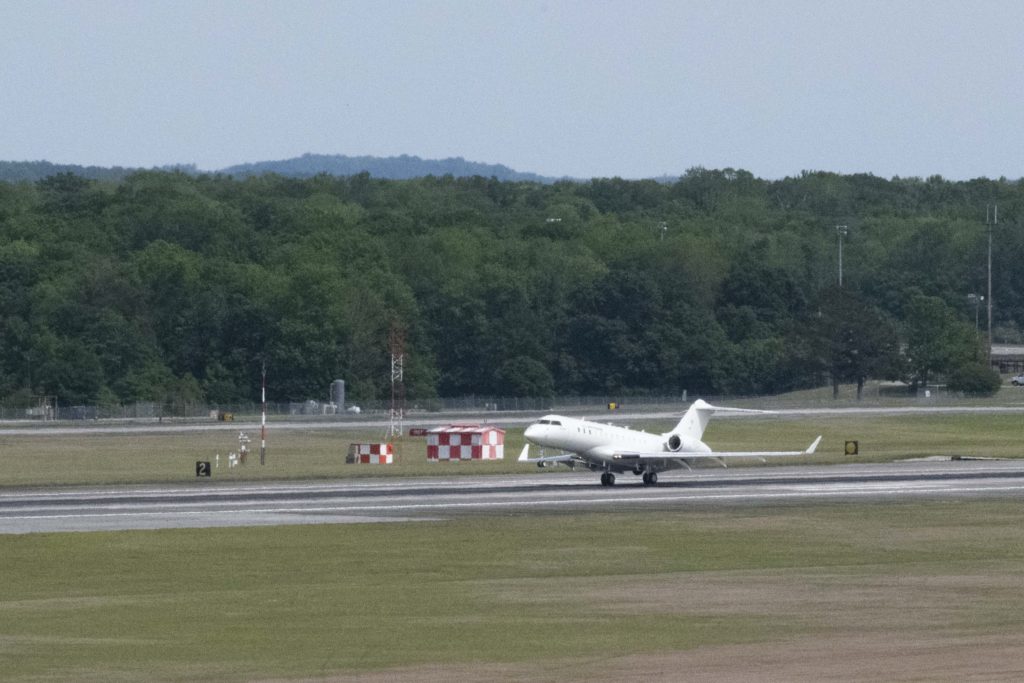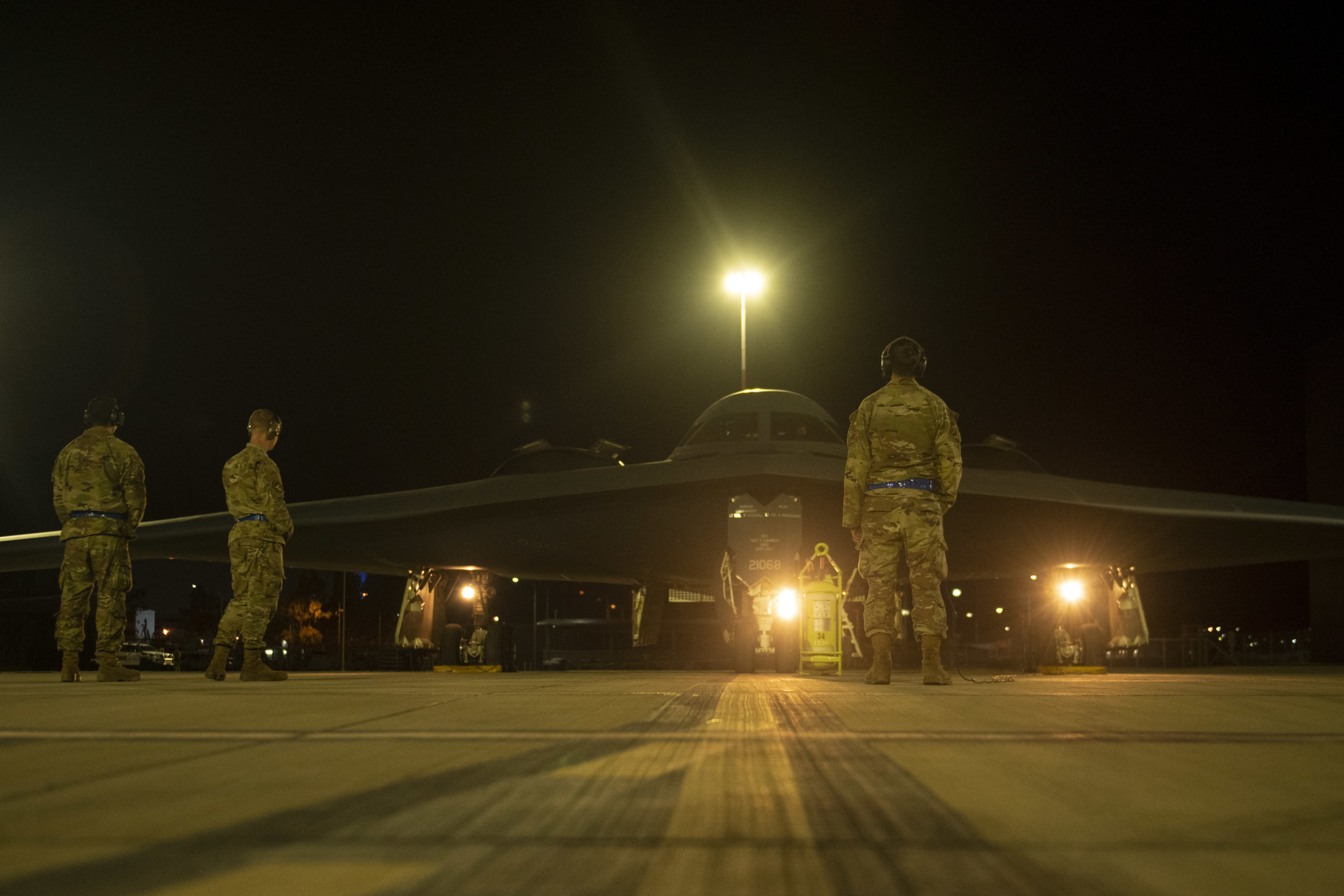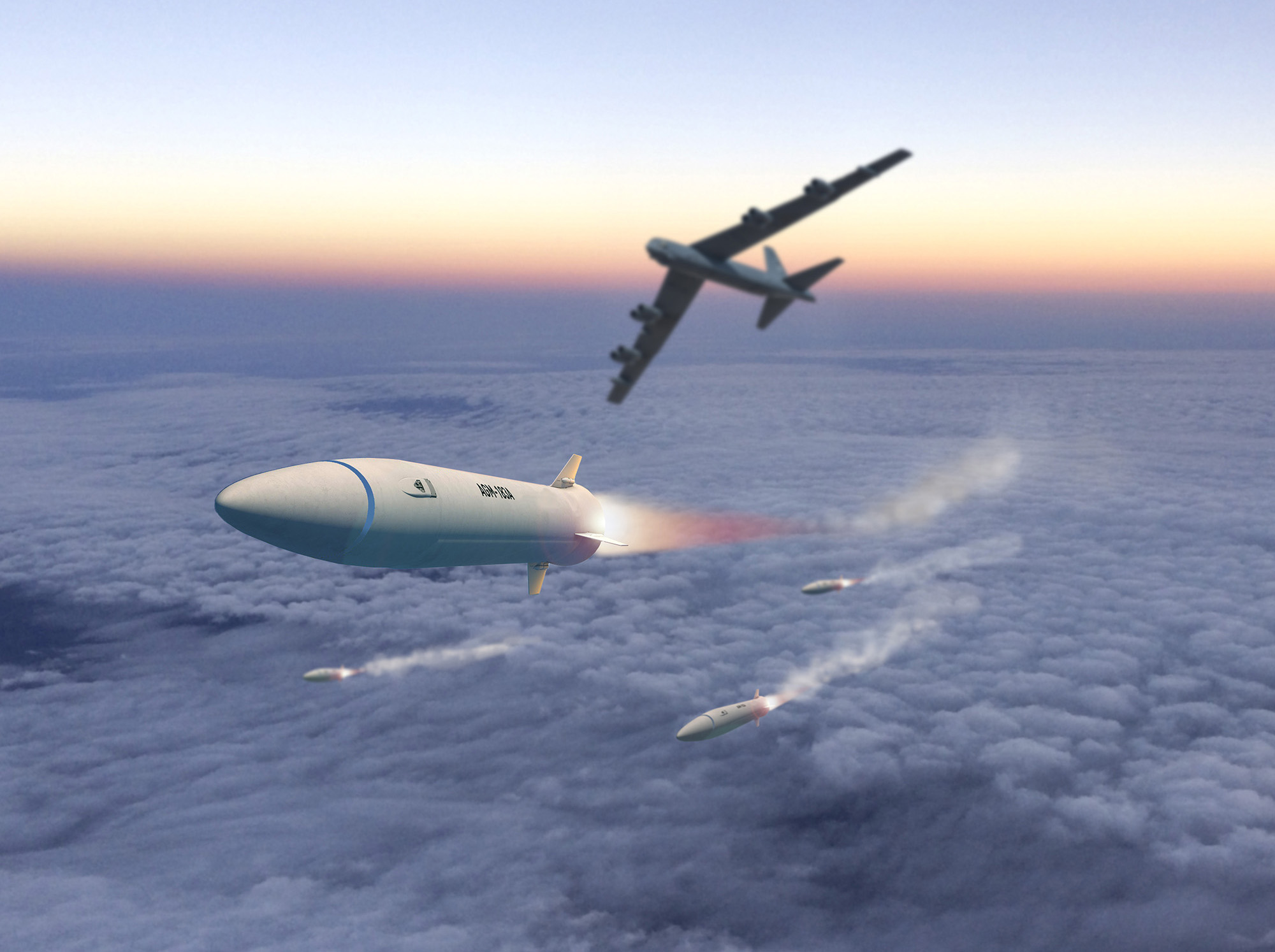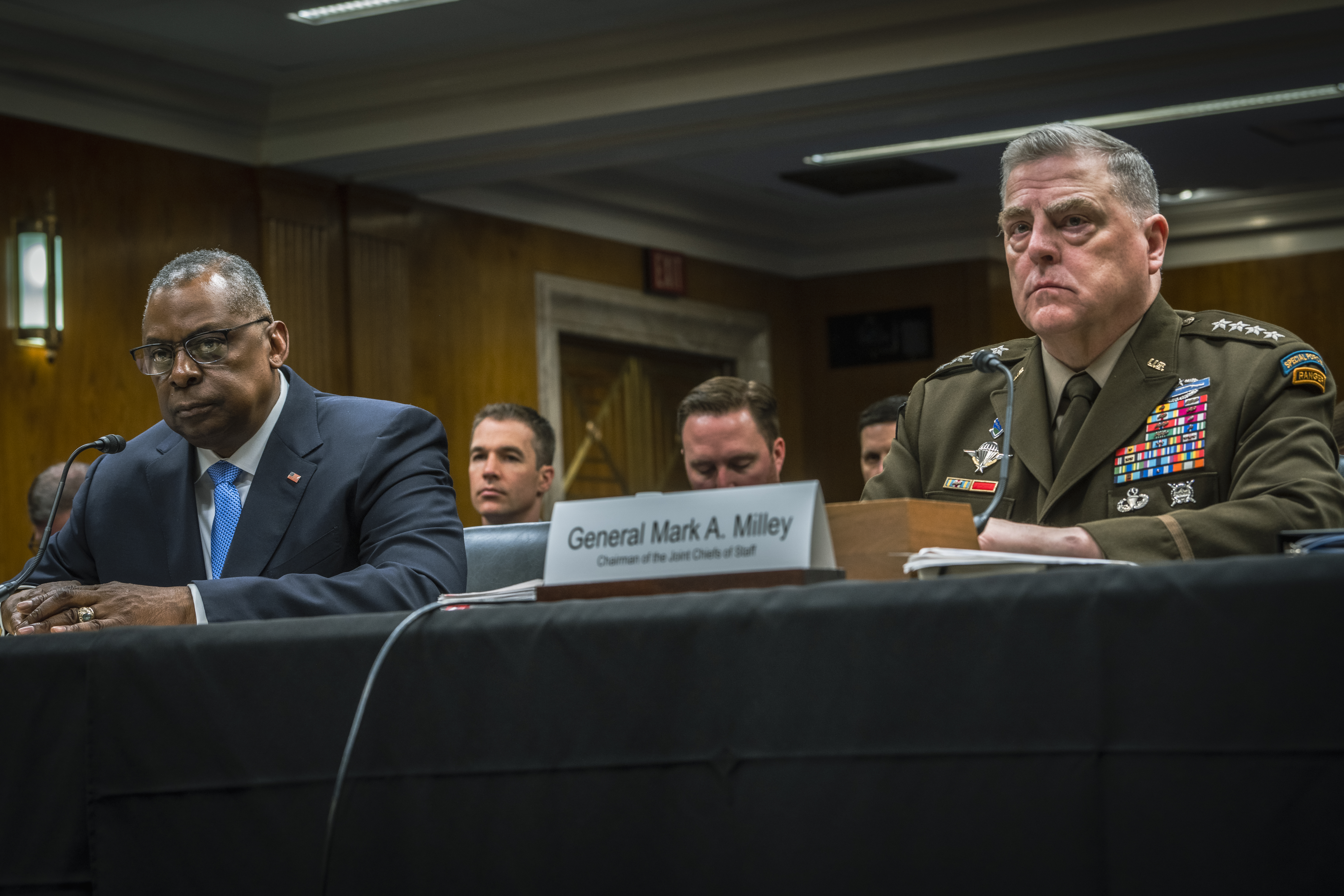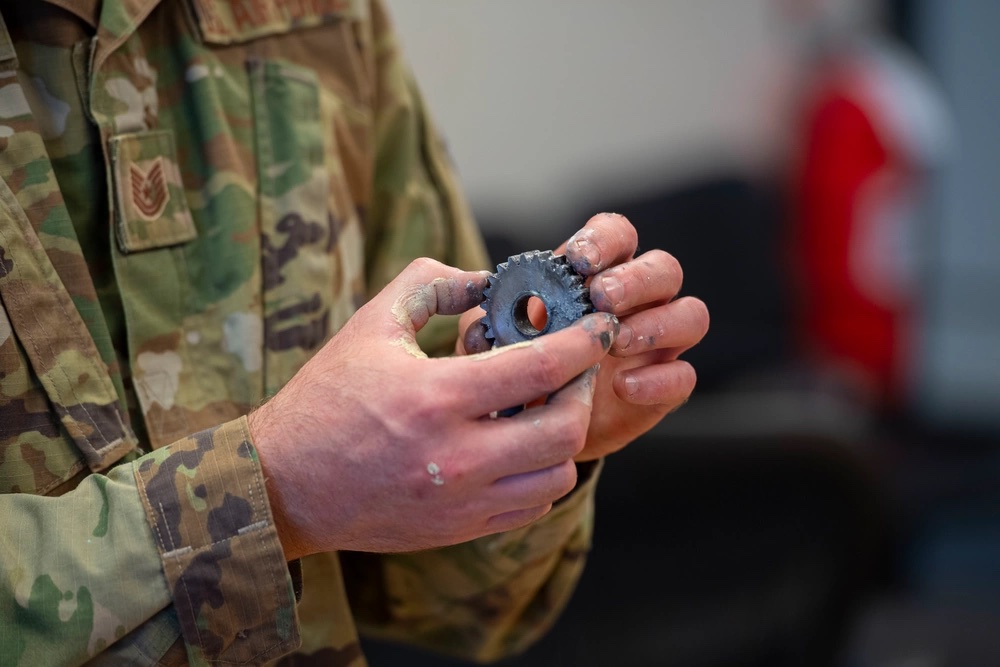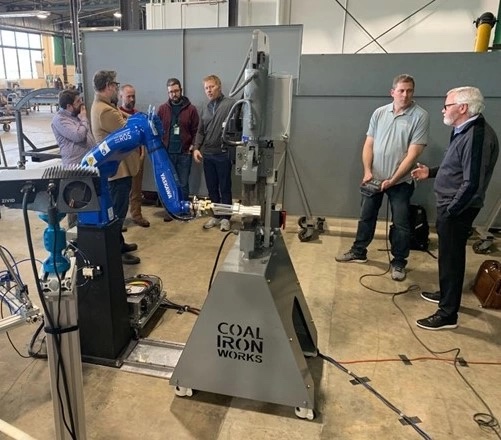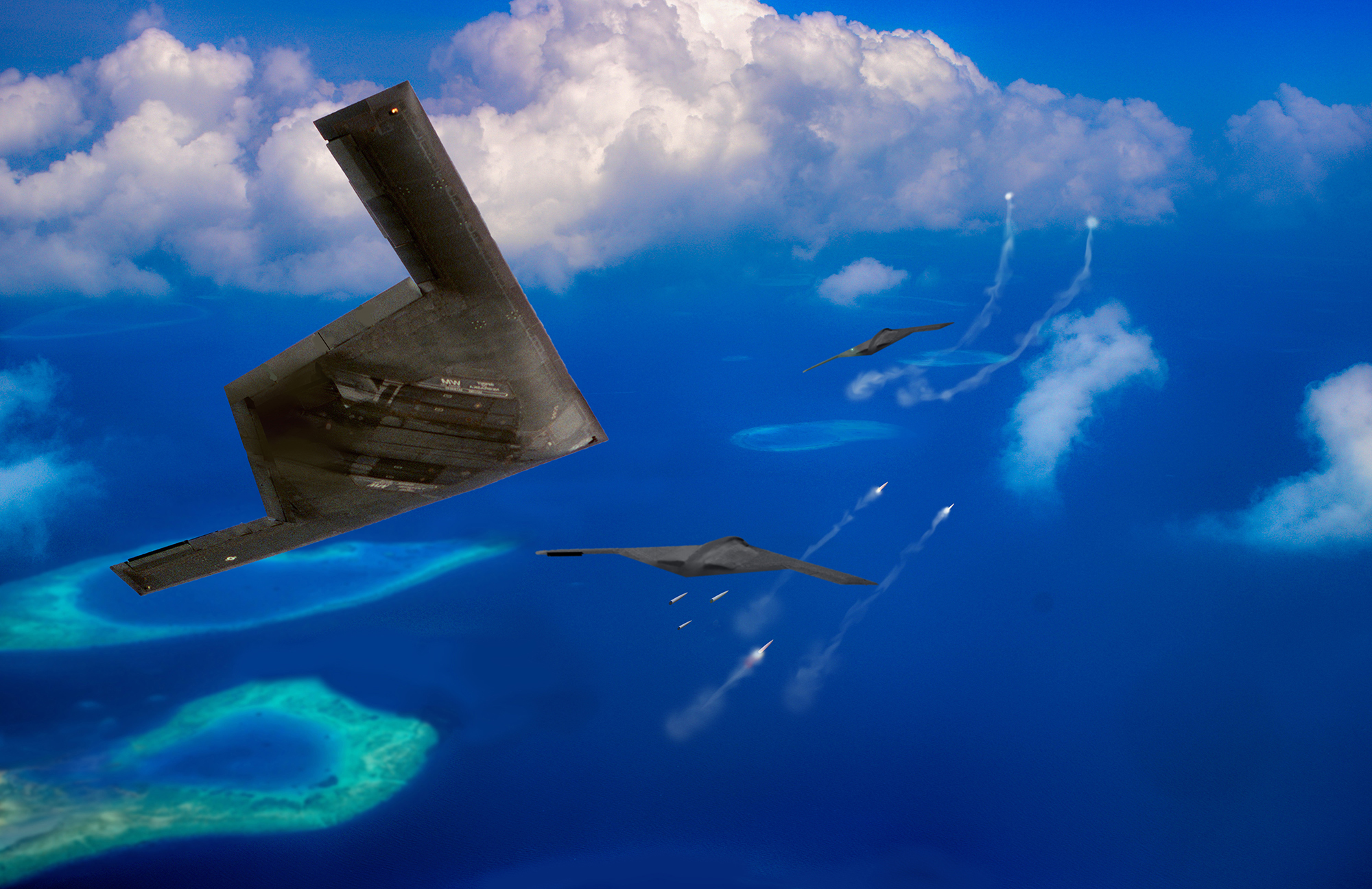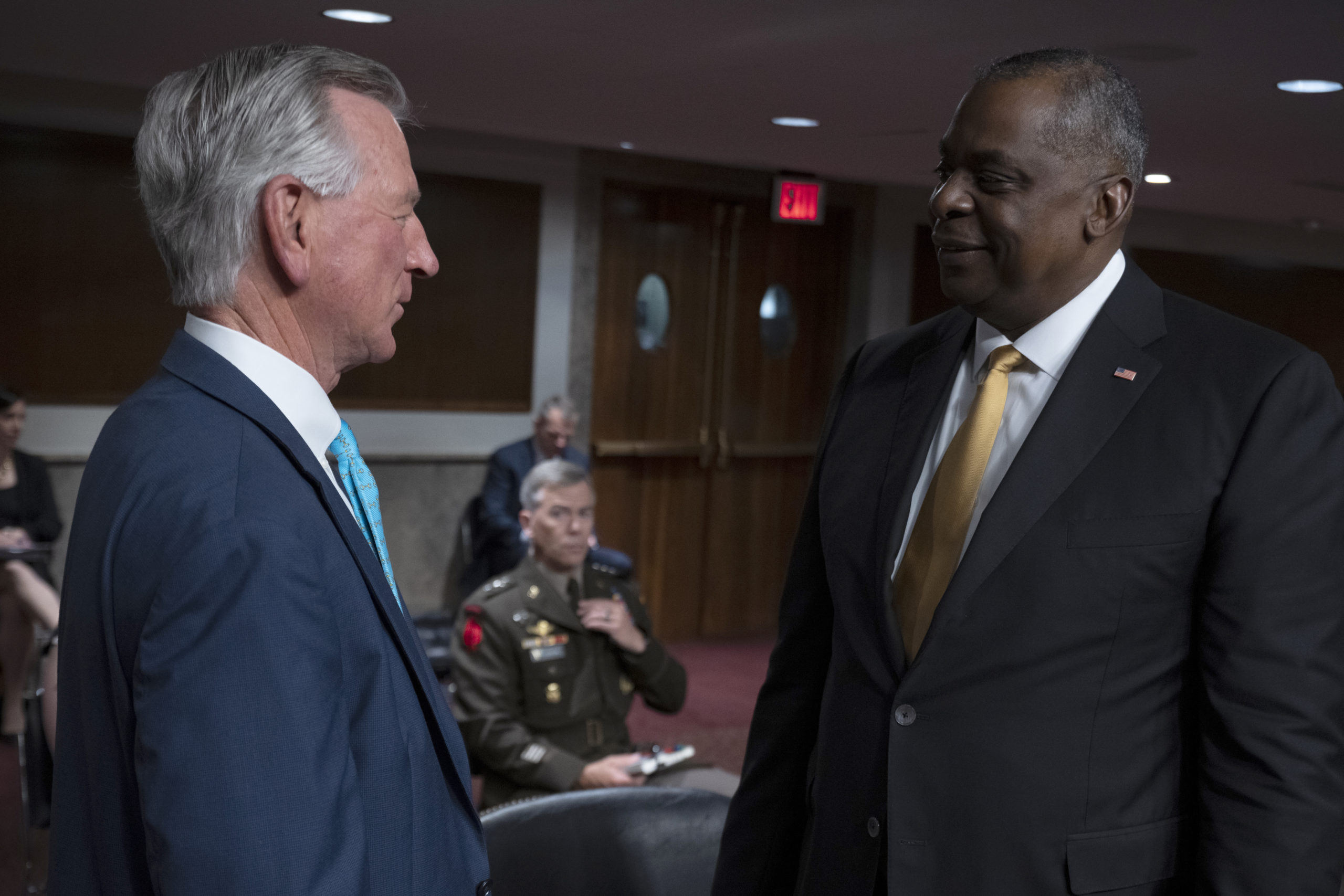On May 11, a KC-10 tanker belonging to the 305th Air Mobility Wing took off from Joint Base McGuire-Dix-Lakehurst, N.J., on a training sortie—for the last time.
There’s still an airshow coming up next weekend that the KC-10 is expected to participate in. But in terms of official training and operations, that’s it until June 22, when the base’s final aircraft heads to Davis-Monthan Air Force Base in Arizona to join the “Boneyard,” the Air Force’s massive facility that hosts retired aircraft.
The last crew included Pilots Capt. Alicia Canetta and Capt. Zach Robinette and boom operators Tech. Sgt. Javier Garcia and Tech. Sgt. Tiffany Irby, according to images posted by the 305th.
The final training sortie and upcoming departure mark the end of a transitional chapter for the 305th and McGuire that has lasted more than a year and a half.
In November 2021, the base received its first KC-46—callsign “Pudgy 01,” in honor of the second-highest-scoring American ace of World War II, Thomas B. McGuire.
Since then, the 305th has received 11 other KC-46s, with plans to get 12 more by fiscal year 2026. McGuire is the only Active-Duty base on the East Coast with KC-46s.
In getting the KC-46, the base has had to say goodbye to its 21 KC-10s, which entered service in the 1980s and have flown from McGuire since the 1990s. The first Extender left for the Boneyard in 2020, and in April, the wing’s 305th Maintenance Squadron conducted its final inspection of the KC-10.
With the impending departure of the final aircraft, there will be just a few KC-10s left across the entire Air Force. By October 2024, all of the tankers will be gone as the service pivots to the KC-46, a planned “bridge tanker,” and the Next-Generation Air refueling System, which could wind up being a stealthy aircraft.
Still, Joint Base McGuire-Dix-Lakehurst is planning a final celebration of the KC-10 on June 21, the day before the aircraft’s final departure, a base spokesman said.
